The Benefits of Energy-Efficient Roofing
April , 2023 | 6 min. read
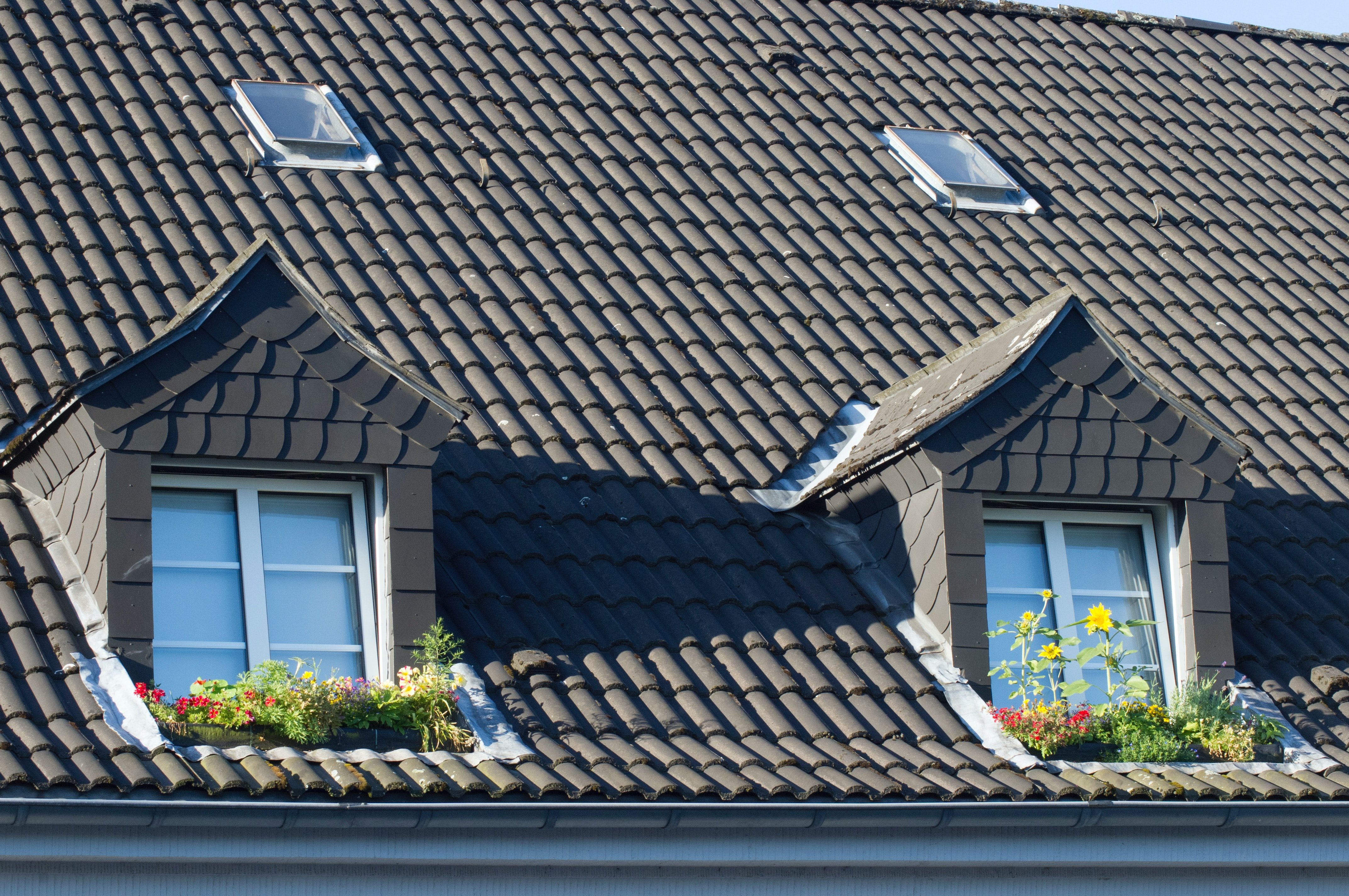
Are you interested in a solution that keeps your building cool without breaking a sweat over high utility bills? Look no further than energy-efficient roofing! These roofs are the Clark Kent of the roofing world, saving the day and your wallet by keeping your building comfortable and your energy bills low. Whether you're a like-minded environmental superhero or just looking to save a little green, energy-efficient roofing is the perfect way to beat the heat and save some dough.
Energy-efficient roofing has become increasingly popular in recent years as people seek to reduce their environmental footprint and save money on energy costs. With climate change concerns growing and energy costs on the rise, business owners are looking for ways to improve the energy efficiency of their buildings, and the RoofCrafters team has been happy to lend a helping hand in their energy-efficient roofing installations.
That being said, if you’re interested in energy-efficient roofing solutions for your commercial building, you’ve come to the right place. In a few short moments, you’ll learn what energy-efficient roofing is and what your options are, followed by your next steps. So, without further ado, let's get started!
What Is Energy-Efficient Roofing?
Energy-efficient roofing is a type of roofing system that is designed to minimize the amount of energy needed to keep a building cool or warm, depending on the climate. It typically involves the use of materials and techniques that reflect solar radiation away from the roof and/or absorb less heat, thereby reducing the amount of heat that is transferred to the building below. Some examples of energy-efficient roofing materials include:
- Cool roofs: These are roofs that are designed to reflect more sunlight and absorb less heat than traditional roofs. They are typically made from materials such as reflective shingles, tiles, or coatings, and can reduce the amount of energy needed to cool a building by up to 15%.
- Green roofs: These are roofs that are covered with vegetation, which provides insulation and reduces the amount of heat that is absorbed by the roof. Green roofs can also help to reduce the amount of stormwater runoff and improve air quality.
- Insulated roofs: These are roofs that are designed with an insulation layer between the roof surface and the building below. This helps to prevent heat transfer through the roof and can reduce the amount of energy needed to heat or cool the building.
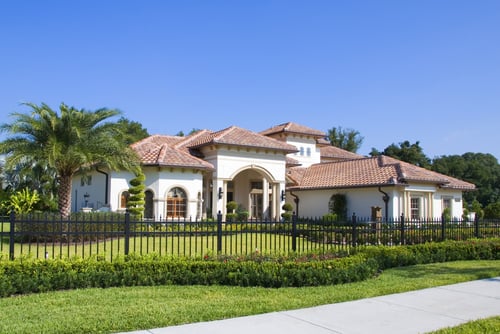
Energy-efficient roofing can help to reduce energy costs, improve indoor comfort, and reduce the environmental impact of buildings. If you're interested in investing in an energy-efficient roofing system, it's important to schedule your inspection with a professional, reputable roofing contractor.
Cool Roofs
Cool roofing is a type of system that is designed to reflect more sunlight and absorb less heat than traditional roofs. They are typically made from materials such as reflective shingles, tiles, or coatings. These materials are engineered to reflect solar radiation away from the roof surface and prevent the absorption of heat, which can help to reduce the amount of energy needed to cool a building.
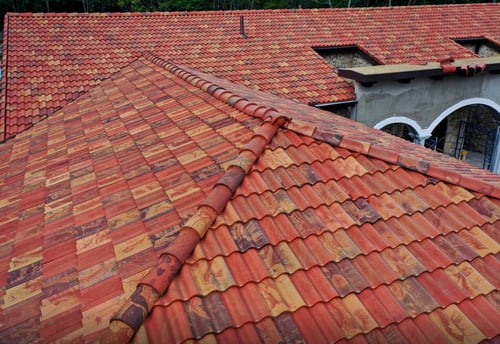
Cool roofs can be particularly effective in hot climates where air conditioning use is high. They can reduce the temperature of the roof surface by up to 50°F, which can in turn reduce the temperature inside the building by several degrees. This can result in lower energy bills, improved indoor comfort, and reduced strain on the electrical grid during periods of high demand.
There are different types of cool roofs, each with their own advantages and disadvantages. For example, cool coatings can be applied to existing roofs but may need to be reapplied periodically. Reflective tiles and shingles are more durable but may be more expensive to install. Overall, cool roofs are an effective and relatively low-cost way to improve the energy efficiency of buildings and reduce their environmental impact.
Green Roofs
Green roofs, also known as living roofs or vegetative roofs, are a type of roofing system that is covered with vegetation, soil, and drainage layers. These roofs are designed to provide various benefits, including improved energy efficiency, stormwater management, and urban biodiversity.
Green roofs work by providing insulation and reducing the amount of heat that is absorbed by the roof. This can help to reduce the amount of energy needed to cool a building in the summer and heat it in the winter. They also help to absorb rainwater and reduce stormwater runoff, which can help to prevent flooding and improve water quality.
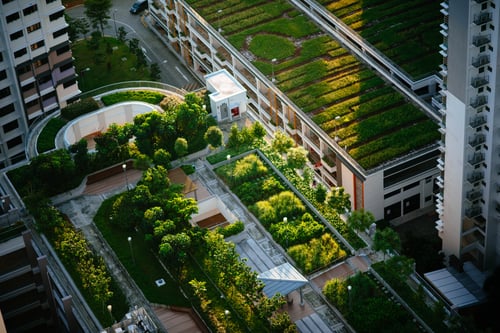
In addition to their environmental benefits, green roofs can also provide aesthetic and social benefits. They can help to improve the visual appearance of buildings, provide habitat for wildlife, and create green space in urban areas. They can also help to reduce noise pollution and improve air quality.
There are different types of green roofs, each with their own design and maintenance requirements. Some green roofs are designed to be accessible to people, while others are more focused on ecological benefits. Green roofs are a sustainable and innovative way to improve the environmental performance of buildings and cities.
Insulated Roofs
Insulated roofs are a type of roofing system that is designed to prevent heat transfer through the roof and improve energy efficiency. These roofs are typically composed of multiple layers of insulation material, which is installed between the roof surface and the building below.
The insulation material used in insulated roofs can vary depending on the specific application and climate conditions. Common materials include rigid foam board, spray foam, and mineral wool. The thickness and density of the insulation layer can also be adjusted to meet specific energy efficiency goals.
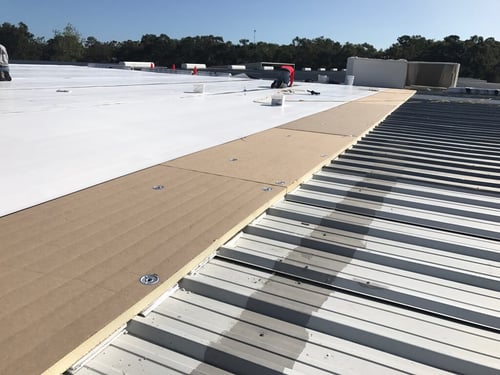
Insulated roofs help to prevent heat transfer through the roof by reducing the amount of heat that is conducted through the roofing materials. This can help to keep buildings warmer in the winter and cooler in the summer, which can in turn reduce the amount of energy needed for heating and cooling.
In addition to improving energy efficiency, insulated roofs can also help to reduce noise pollution, improve indoor comfort, and increase the lifespan of the roof. They can also help to prevent the formation of ice dams, which can cause damage to roofs and gutters during the winter months.
Eager to Go Green?
Energy-efficient roofing systems offer a range of benefits for both building owners and the environment. By reducing the amount of energy needed to cool or heat a building, these systems can help to lower energy costs, improve indoor comfort, and reduce strain on the electrical grid. Additionally, energy-efficient roofing can help to reduce greenhouse gas emissions, improve air quality, and promote sustainable building practices.
There are many different types of energy-efficient roofing systems available, each with its own advantages and disadvantages. Cool roofs, green roofs, and insulated roofs are just a few examples of the options available to building owners looking to improve the energy efficiency of their buildings.
While the initial cost of installing an energy-efficient roofing system may be higher than traditional roofing materials, the long-term benefits can make it a worthwhile investment. With energy costs continuing to rise and concerns about climate change increasing, energy-efficient roofing systems are becoming an increasingly popular choice for building owners looking to reduce their environmental impact and save money in the long run. If you’re eager about investing in an energy-efficient roofing solution, be sure to hit the “schedule an inspection” down below, and one of our roofing experts will meet with you at your earliest convenience to discuss your options.
My name is Cassie, and I’m the Content Manager here at RoofCrafters. I was born and raised in Chicago, Illinois, and made my way out to Florida post-college graduation. I’m incredibly passionate about writing and creating valuable content that helps others with the collaboration of my marketing team. When I’m not working, I enjoy shopping (a little too much), spending time at the beach, and reading!



